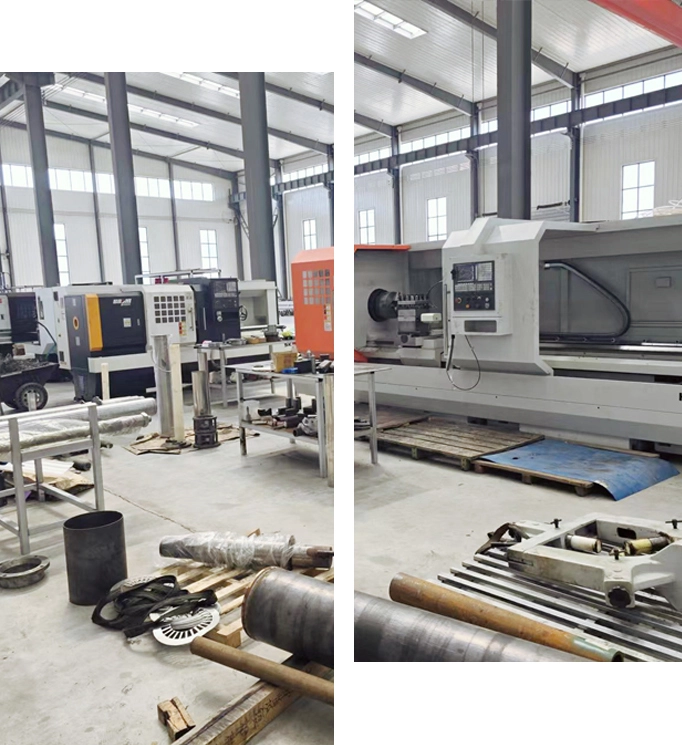10 月 . 15, 2024 15:58 Back to list
oil filled and water filled submersible pump
Oil-Filled vs. Water-Filled Submersible Pumps A Comprehensive Comparison
Submersible pumps play a critical role in various applications, ranging from groundwater extraction to sewage management. Among the different types of submersible pumps, oil-filled and water-filled variants are prominent, each with distinct characteristics, advantages, and disadvantages.
Oil-Filled Submersible Pumps
Oil-filled submersible pumps are designed with oil as the primary cooling and lubricating medium. The oil not only helps dissipate heat generated by the motor but also protects internal components from wear and tear. These pumps are often utilized in deeper well applications due to their robust design and ability to handle higher pressures.
One of the most significant advantages of oil-filled pumps is their efficiency. The oil provides superior lubrication, allowing for smoother operation and extended motor life. Additionally, these pumps are typically better suited for high-temperature environments, as the oil can withstand more heat than water.
However, there are some drawbacks. Oil-filled pumps can be more expensive to manufacture and maintain, and any leaks can lead to environmental concerns, as the oil may contaminate surrounding water sources. Also, they may require more frequent maintenance checks to ensure seals and connections remain intact.
oil filled and water filled submersible pump

Water-Filled Submersible Pumps
On the other hand, water-filled submersible pumps utilize water for cooling and lubrication. Made to be more environmentally friendly, these pumps do not pose a risk of oil leaks contaminating groundwater. Water-filled pumps are generally more affordable and simpler in design, making them a popular choice for residential applications, such as irrigation and garden fountains.
The most significant limitation of water-filled pumps is their susceptibility to higher temperatures. Since water has a lower boiling point than oil, these pumps may experience thermal failure in hot conditions. Moreover, in applications with inadequate cooling, the motor can overheat, leading to reduced performance or damage.
Conclusion
In conclusion, both oil-filled and water-filled submersible pumps have their unique strengths and weaknesses that make them suitable for different purposes. Oil-filled pumps offer enhanced efficiency and durability, making them ideal for more demanding applications, while water-filled pumps are more cost-effective and eco-friendly for residential needs. Ultimately, the choice between the two will depend on specific requirements, including budget, application type, and environmental considerations. Understanding these differences can help users make informed decisions when selecting a submersible pump for their needs.
-
Your Guide to Deep Well Pumps
NewsOct.31,2024
-
Why Choose a Stainless Steel Deep Well Pump?
NewsOct.31,2024
-
Understanding Water-Filled Submersible Pumps
NewsOct.31,2024
-
Understanding SS Submersible Pumps
NewsOct.31,2024
-
Reliable Submersible Well Pumps for Your Water Supply Needs
NewsOct.31,2024
-
Choosing the Right Submersible Pump for Your Water Management Needs
NewsOct.31,2024
-
 Understanding Water-Filled Submersible PumpsWhen it comes to selecting the right pump for your water management needs, understanding the different types available is crucial.Detail
Understanding Water-Filled Submersible PumpsWhen it comes to selecting the right pump for your water management needs, understanding the different types available is crucial.Detail -
 Guide to Installing a Deep Well Submersible PumpWhen dealing with deep wells, a deep well submersible pump is often the most effective solution for extracting water from significant depths.Detail
Guide to Installing a Deep Well Submersible PumpWhen dealing with deep wells, a deep well submersible pump is often the most effective solution for extracting water from significant depths.Detail -
 Finding the Right Submersible PumpWhen seeking an efficient solution for pumping water from deep wells, sumps, or other applications, the submersible pump is a leading choice.Detail
Finding the Right Submersible PumpWhen seeking an efficient solution for pumping water from deep wells, sumps, or other applications, the submersible pump is a leading choice.Detail
